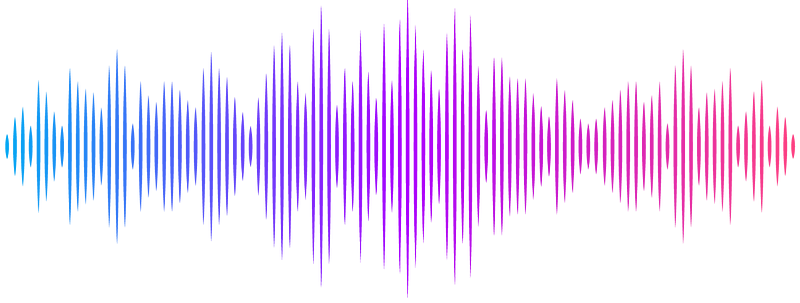Extracting local velocity from cosmic dipole using simulations

Extracting local velocity from cosmic dipole using simulations
Mohit Panwar, Akash Gandhi, Pankaj Jain
AbstractOur velocity with respect to the cosmic frame of rest leads to a dipole in the number count distribution of galaxies. The dipole depends on the source spectrum, which is usually assumed to be a power law, $S(\nu) \propto \nu^{-\alpha}$ and on the flux dependence of the number density of sources. The latter is also generally assumed to be a power law, parametrised with exponent $x$. The velocity can be extracted from the observed dipole once the two parameters $x$ and $\alpha$ are known. The standard procedure uses the mean value of $\alpha$ across the entire sample, and the parameter $x$ is inferred by fitting the cumulative number count, $\frac{dN}{d\Omega}(>S_*) \propto S_*^{-x}$, near the flux limit $S_*$ of the survey. Here, we introduce a simulation procedure to extract the velocity which directly uses the $\alpha$ values of each source rather than their mean and does not rely on the functional form of the cumulative number count near the flux limit. We apply this to the quasar sample in CatWISE2020 data and find that the final results differ from the standard procedure by approximately one sigma.